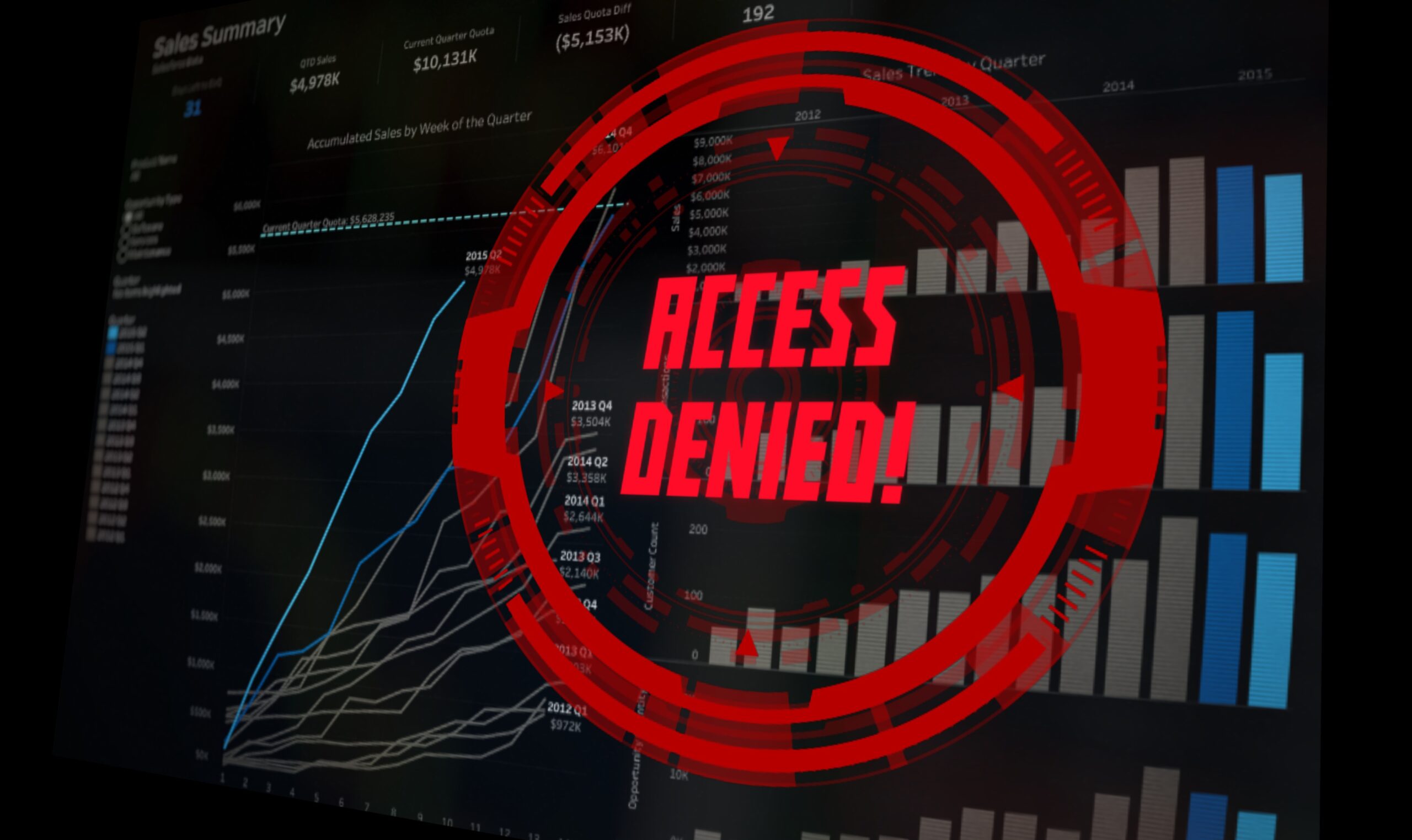Ahead of speaking at PublicTechnology Live, Jo Goodwin discusses how the Centre for Digital Public Services is encouraging a focus on users across the public sector
Credit: Hagar Lotte Geyer/Pixabay
Against the perpetual backdrop of budget constraints and increasing demand from citizens for support, public sector organisations might be tempted to put the adoption of a new service-design philosophy some way down their priority list.
But, according to Jo Goodwin from the Welsh Government’s Centre for Digital Public Services (CDPS), the ethos of user-centred design is about small changes that make a big difference.
Goodwin cites the example of a recent project in which the CDPS helped a local authority alleviate the pressure on its recycling and waste staff – simply by “changing a couple of words on the website”.
In response to reports of fly-tipping filed online by residents, the council was sending out teams of people in trucks – who often found that the problem was not one of large-scale industrial waste, but simply an overflowing litter bin; an issue that could have been dealt with by a single person.
Working with CDPS experts, the authority has tweaked the language used on its website to better differentiate between fly-tipping and litter issues, and thus ensure front-line resources are being directed where they are most needed.
And this is just one of hundreds of minor adjustments that could have a major impact.
“We have come up with 200 different things you can do that take half an hour or less – just to help people start unpacking user-centred design, and taking away some assumptions,” says Goodwin, who joined CDPS in September as head of user-centred design. “We strongly believe that small changes incrementally over time make a big difference.”
This playbook of simple measures is part of a wider ambition to “to make it easy for people to adopt user-centred design practices”, she adds.
CDPS – an arm’s-length body of the Welsh Government, created in September 2020 – has identified three main ways it can work towards this objective, according to Goodwin.
The first is to use its convening power to bring people together, and ensure that senior leaders, service managers, and digital professionals are working collaboratively. The second – supported by the checklist of 200 potential quick wins – is to equip organisations with the right tools to design services in a more user-centric way.
Through its roster of itinerant expert “squads”, meanwhile, CDPS can also provide additional assistance to public bodies’ in-house digital operations which, in many cases, consist of “teams of two or three people supporting 1,500 services”.
But, as the name suggests, the central tenet of user-centred design is to focus not on the technology, but on the requirements of the citizen.
“My first rule is I never use the word ‘digital’,” Goodwin explains. “User-centred design is about designing with users at the centre – looking at both online and offline channels: what is the outcome that a design needs to achieve? Because that outcome is why people interact with public services – which is very rarely because of their preference to do so. Everyone has unique set of circumstances, and user-centred design reflects that.”
Persuasion
Forming part of the national government infrastructure and setting digital service standards for use in public services across the country, CDPS may appear similar in outline to the Government Digital Service’s role in the UK government.
But there are service key differences between the two, not least the fact that “GDS has the remit to be able to enforce spend controls; our work is more about being persuasive and sharing what good looks like”, according to Goodwin – who is speaking at the PublicTechnology Live conference in London on 1 March.
The user-centred design chief acknowledges that many public bodies in Wales have not been on the kind of transformation journey exemplified by GDS and may thus be “a little bit behind” those in Westminster and across England more widely.
But, working in nation of just over three million inhabitants – and with a remit that encompasses the NHS and local government – CDPS has the opportunity for its work to “go a little further” than its Whitehall counterparts.
While the Welsh digital unit is working with a growing number of departments and other public sector entities, Goodwin’s objectives for the coming months extend only to reaching a single person: the user.
“My biggest ambition for the next year is that users become a bigger part of service design… and are at the heart of everything when developing new services – but also those that are already live,” she says. “We are already working on several policy areas in Welsh Government… we are really lucky to have ministers and policy officers that are very open, and are now knocking on our doors.”




